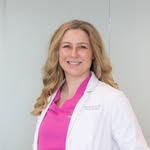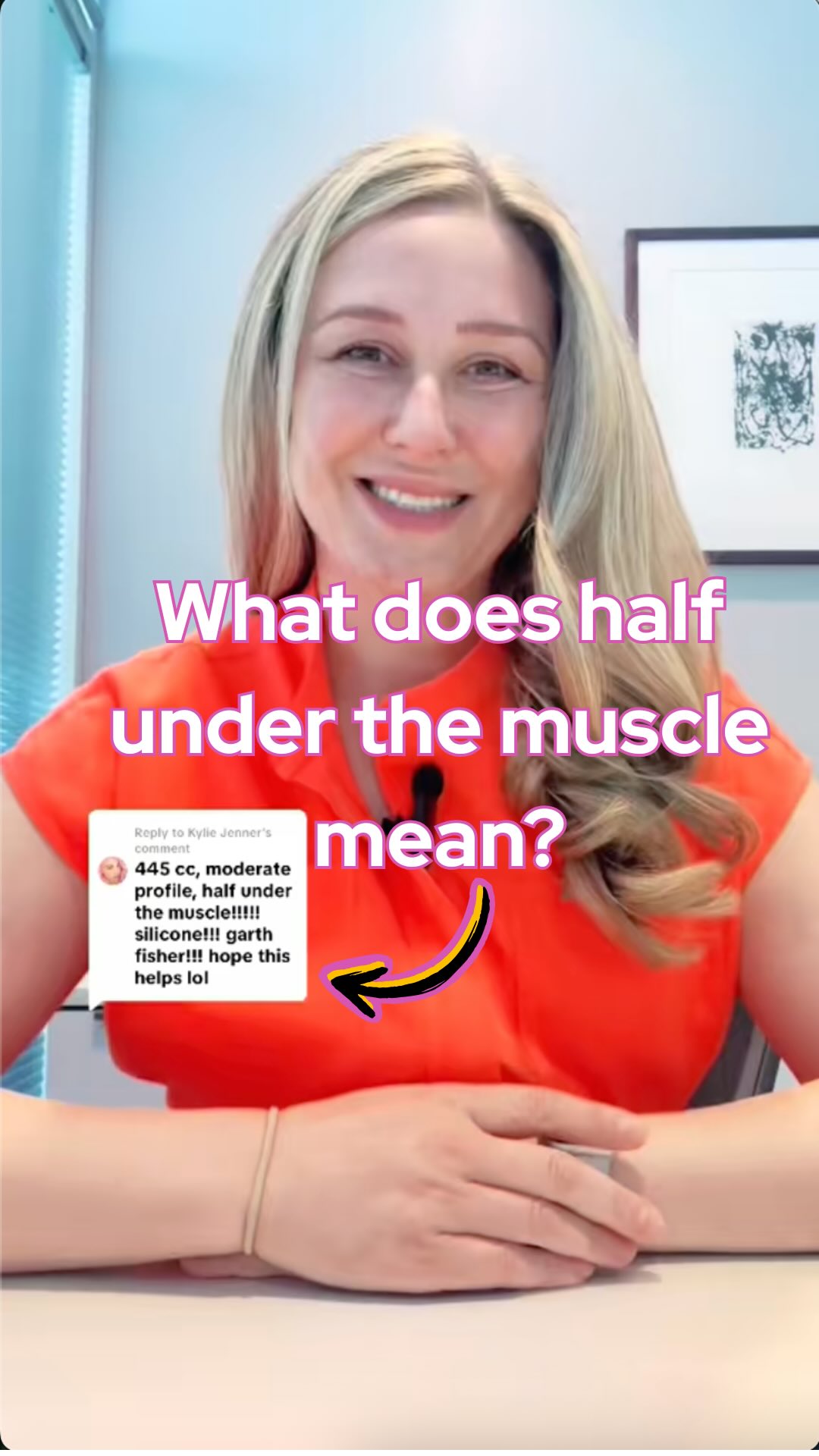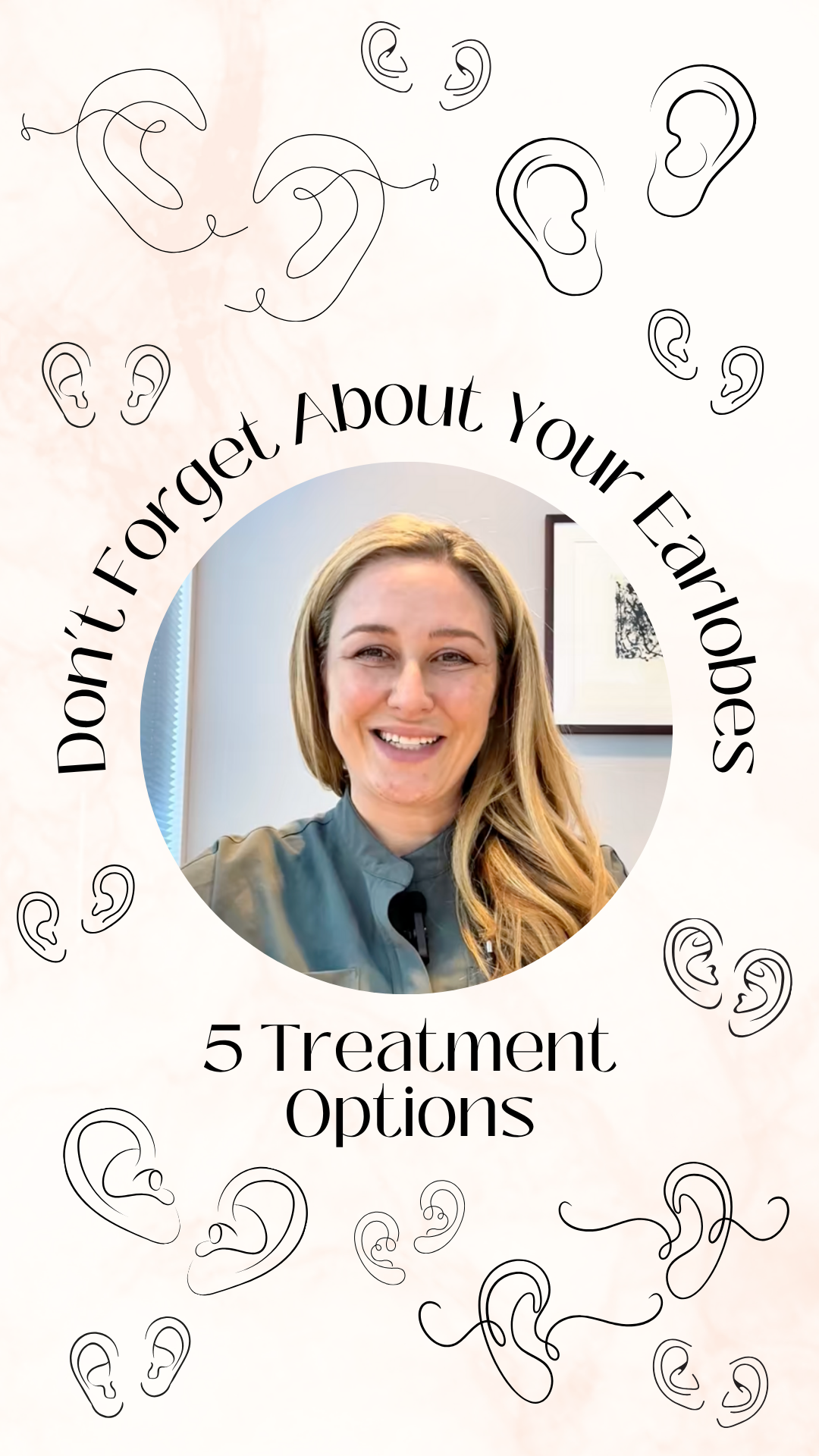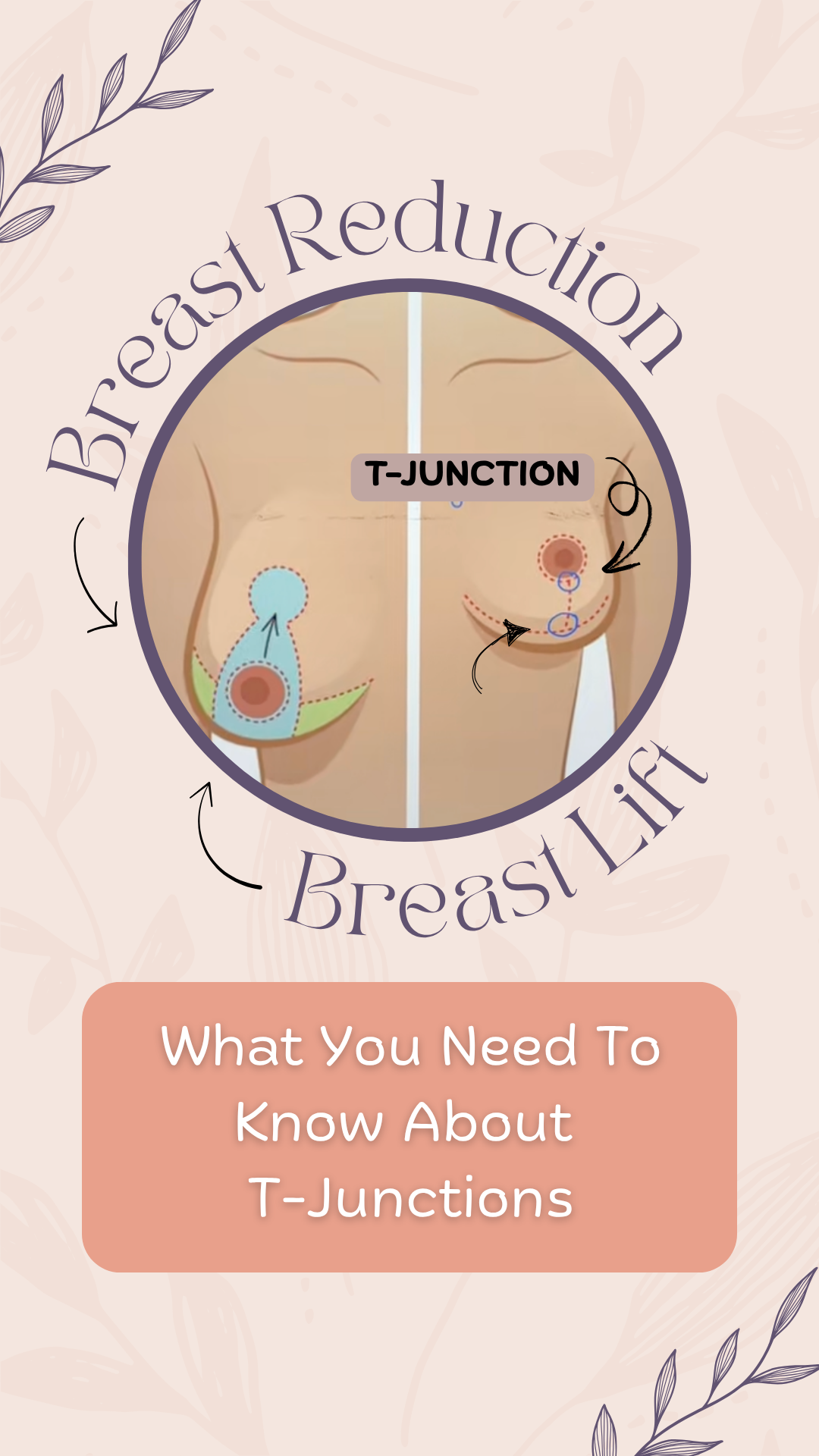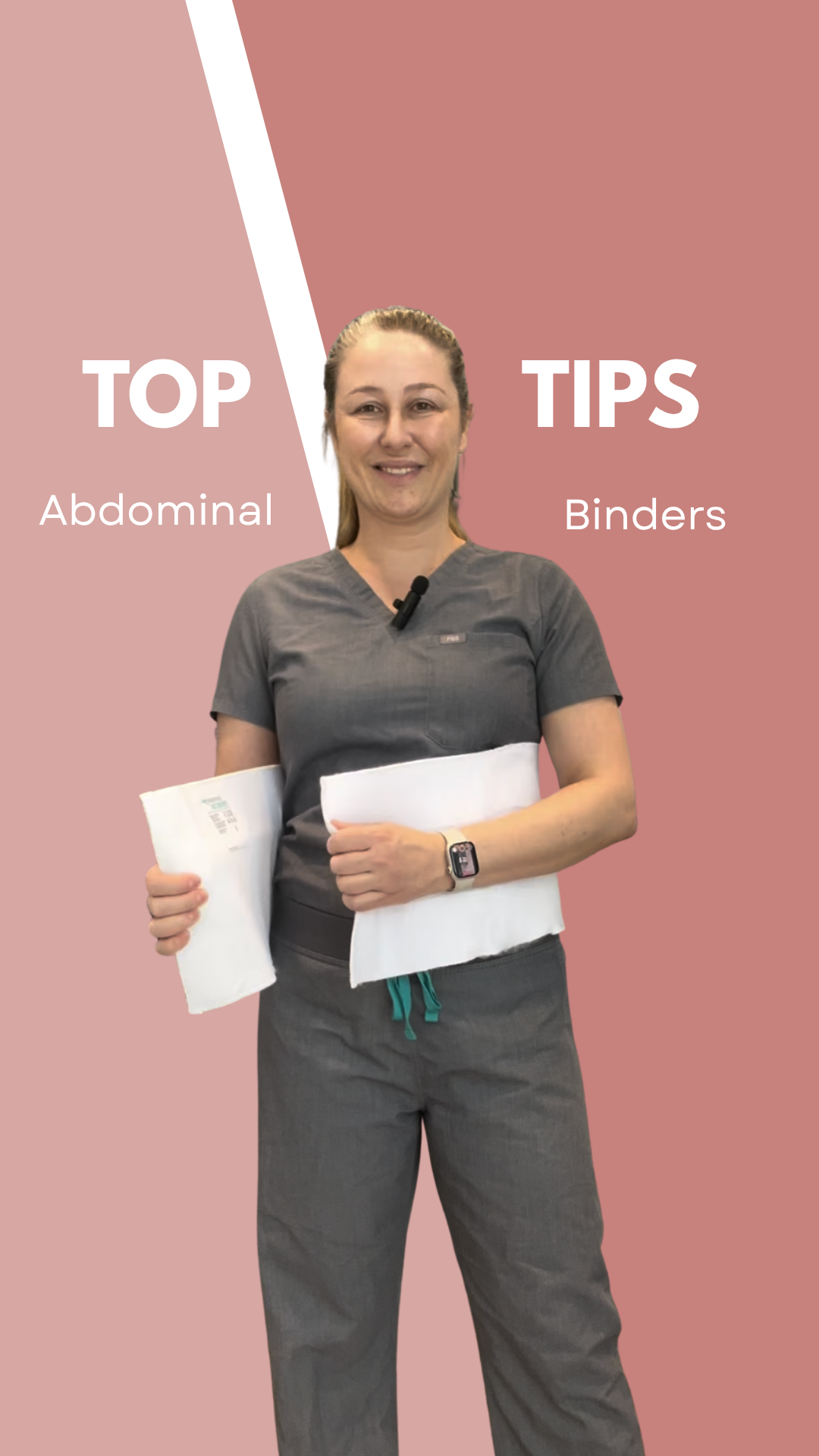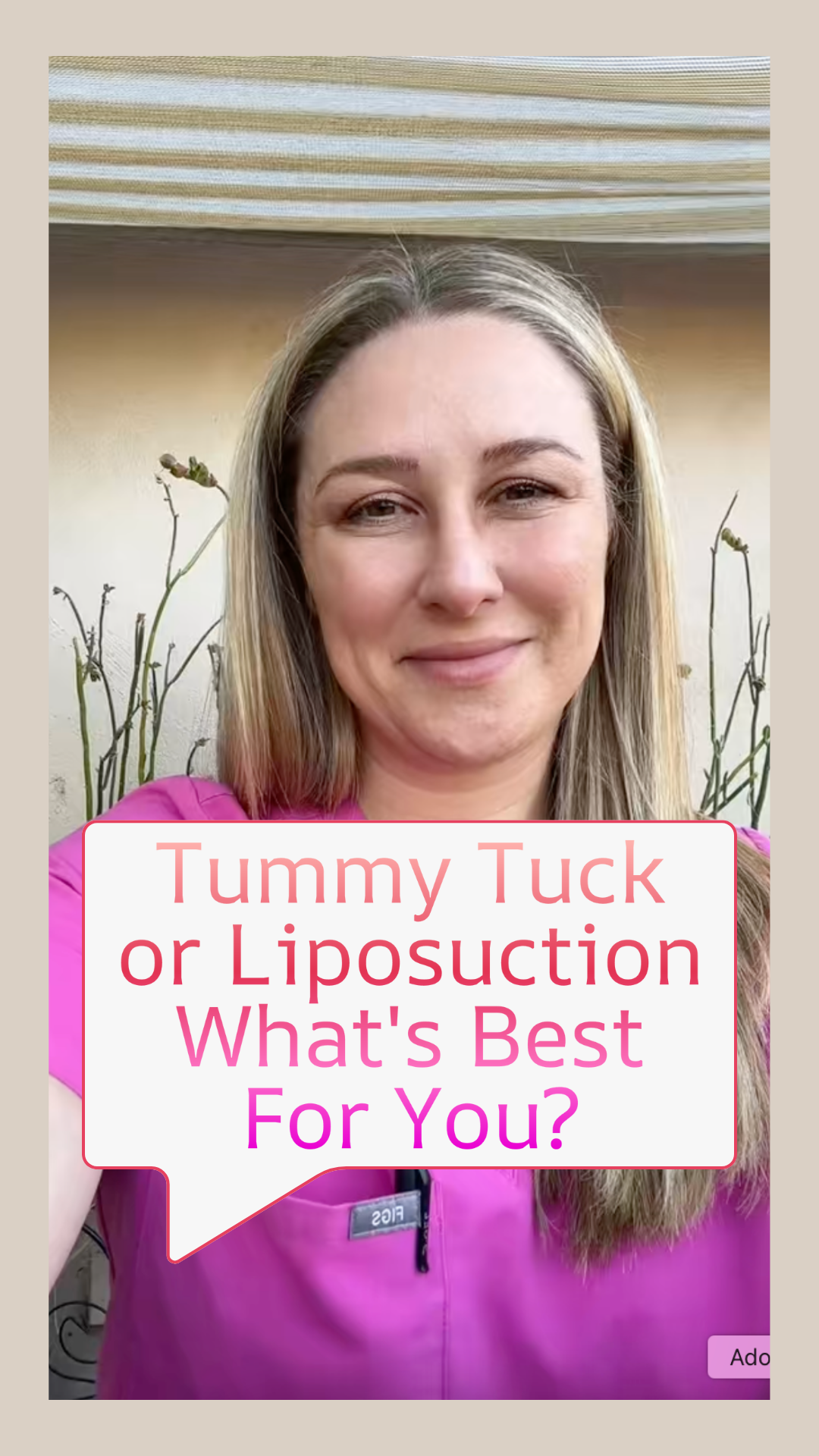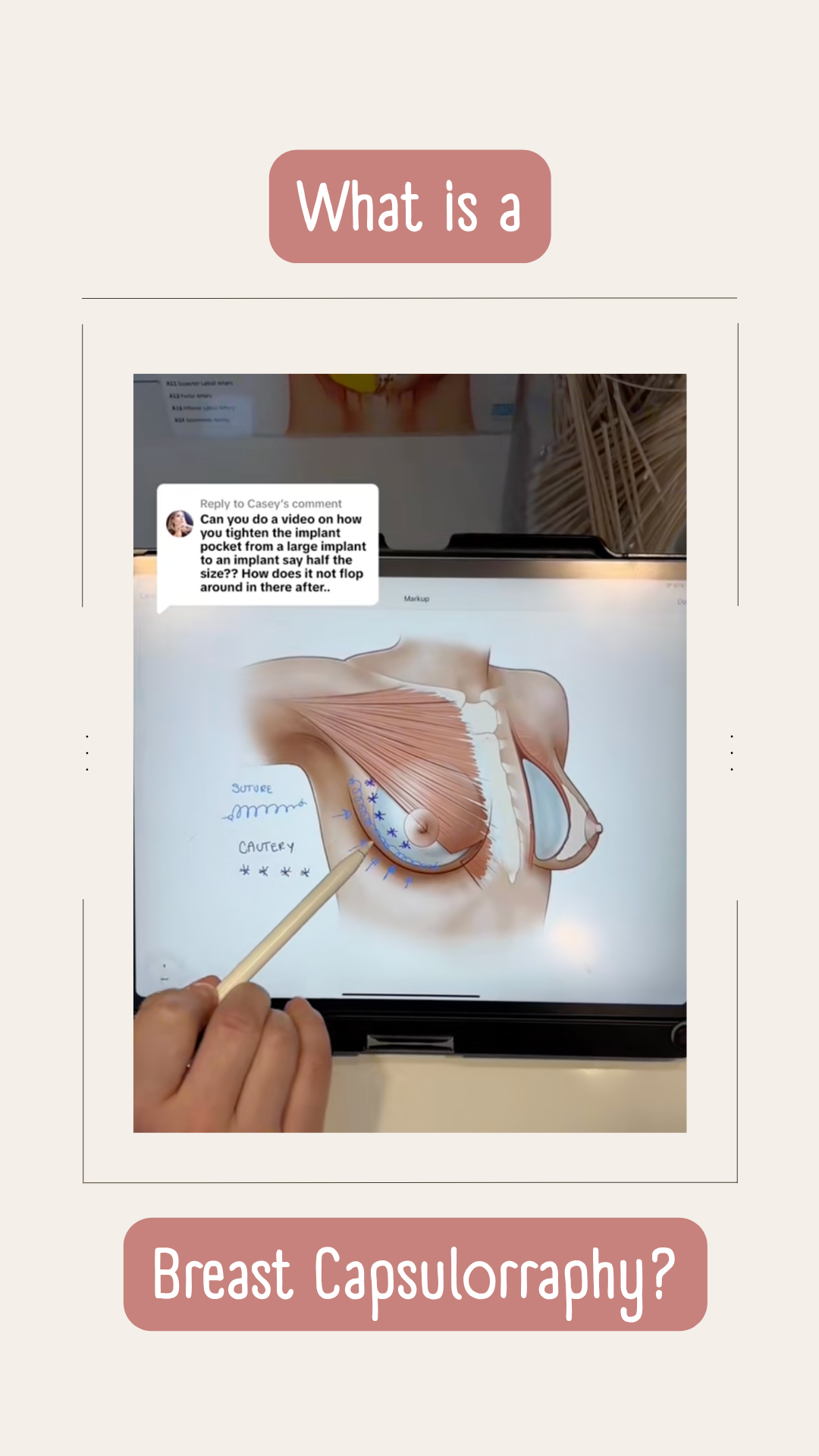Hair Restoration
Strengthen thinning hair and stimulate new growth with advanced, non-invasive treatments designed to restore confidence.

%20Large.jpeg)
Hair rejuvenation is a non-surgical approach to addressing hair thinning and early hair loss by targeting the health of the scalp and hair follicles. These treatments focus on improving hair density, stimulating regrowth, and enhancing overall scalp vitality through a combination of in-office procedures and at-home therapies. The goal is to preserve existing hair, encourage new growth, and support long-term scalp health using safe, evidence-based methods.
What you need to know
Every procedure and treatment we offer is thoughtfully designed to meet your unique goals, lifestyle, and anatomy. Below, you’ll find key details about what to expect—from how the procedure works to recovery guidance and ideal candidacy—so you can feel informed, confident, and empowered at every step of your journey.
Your hair rejuvenation journey begins with a comprehensive consultation, including a review of your medical history, lifestyle factors, and any relevant underlying conditions. This thorough evaluation helps us identify the potential causes of your hair thinning or shedding—ranging from hormonal imbalances and stress to genetics or styling practices.
We often begin with conservative, low-risk strategies, such as:
- Reducing the frequency of hair washing or heat styling
- Discontinuing harsh treatments (e.g., bleaching, tight hairstyles)
- Incorporating topical minoxidil to stimulate hair growth
- Adding red light therapy to improve circulation and follicle activity
For enhanced results, we may recommend advanced therapies including:
- PRP (Platelet-Rich Plasma) Injections: Using your own blood-derived platelets to stimulate dormant follicles
- Scalp Microneedling: Promotes collagen and improves absorption of regenerative serums
- Growth Factors & Exosomes (AnteAge®): Potent cellular signals that support follicle repair and growth
- At-Home Hair Kits (AnteAge®): Physician-recommended products to extend and maintain results between treatments
These therapies can be customized and layered for a synergistic approach, depending on the individual’s goals and progression of hair loss.
- Non-surgical & minimally invasive: No incisions or downtime
- Stimulates natural hair growth: Encourages dormant follicles to reactivate
- Improves scalp health: Supports circulation, reduces inflammation, and strengthens the hair growth environment
- Customizable treatment plans: Tailored to your cause of hair loss and lifestyle
- Supports long-term hair preservation: Helps prevent future thinning when started early
- Pairs well with daily regimens: Boosts effectiveness of topical products and home care
Hair rejuvenation is best suited for individuals who are:
- Experiencing early to moderate hair thinning or shedding
- Not yet candidates for hair transplant surgery
- Looking for non-surgical, natural-looking results
- Interested in a conservative, evidence-based treatment plan
- Seeking to improve hair density, texture, and scalp health
- Committed to following a tailored plan including both in-office treatments and home care
It’s also ideal for patients who want to take a proactive approach—starting treatment before significant hair loss has occurred can yield the best long-term outcomes.
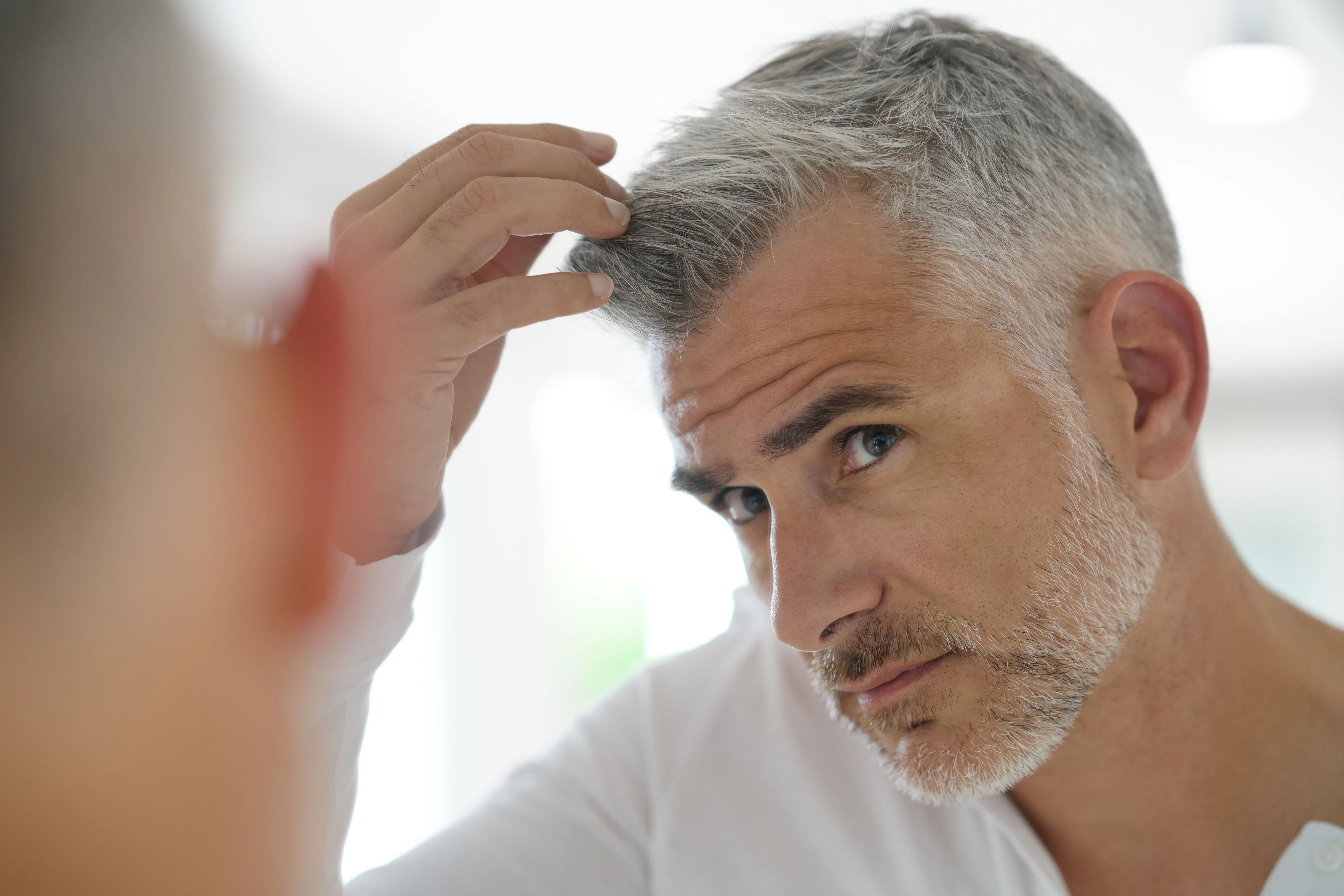
"Dr. A is very genuine, with true talent and knowledge of her field. I always come to our appointments with a string of questions- she kindly addresses each of my concerns and always makes sure I'm 100% comfortable. She's intelligent, honest, and refreshingly down to earth. I'm so glad I found her!"
“I recently underwent a submentoplasty procedure performed by the incredibly talented plastic surgeon, Dr Aimé. My decision to have submentoplasty was not taken lightly and Dr Aimé made sure to thoroughly explain the entire procedure to me during our consultation.”
Frequently Asked Questions
We’ve gathered answers to some of the most common questions our patients ask about this procedure. Whether you’re just starting your research or preparing for surgery, this section is here to help you feel informed and confident every step of the way.
Hair doesn’t grow continuously—it cycles through phases. The anagen phase is active growth, which can last years. The catagen phase is a brief transition period when growth slows. The telogen phase is a resting phase, after which the hair sheds and a new cycle begins. At any given time, most of your hairs are in the anagen phase, but disruptions to this cycle (due to stress, illness, or hormonal shifts) can lead to increased shedding or thinning.
Hair loss can result from many factors, and understanding the cause is key to choosing the right treatment. Non-scarring (or non-cicatricial) hair loss is most common and includes conditions like androgenetic alopecia (male or female pattern hair loss), where genetics and hormones play a major role. Scarring (cicatricial) alopecia is less common but involves permanent damage to hair follicles, often from inflammatory or autoimmune conditions. Other causes include medications (like chemotherapy or certain blood pressure drugs), thyroid imbalances, nutritional deficiencies, stress, or underlying health conditions. During your consultation, we’ll evaluate your history to help identify contributing factors.
GLP-1 receptor agonists (like semaglutide or tirzepatide) used for weight loss and diabetes management have been linked to hair shedding in some patients. This is usually not due to the medication directly damaging hair follicles but is likely a form of Telogen Effluvium—a temporary shedding triggered by rapid weight loss or metabolic changes. When the body undergoes significant weight loss, it can stress the hair cycle and shift more hairs into the resting (telogen) phase, causing noticeable shedding a few months later. Typically, this type of hair loss stabilizes or improves over time, especially with nutritional support and slower, sustainable weight loss.
Telogen Effluvium is a common, usually temporary form of hair loss triggered when a larger number of hairs than normal shift into the telogen (resting) phase and then shed. Causes include major stress, surgery, illness, rapid weight loss, or hormonal changes (like after pregnancy). Shedding often starts 2–3 months after the trigger and may last several months. The good news is that with time (and by addressing underlying causes), hair often regrows without needing intensive treatment.
During your consultation, we take time to review your medical history, evaluate your scalp, and discuss possible causes of your hair thinning or loss. We’ll talk about patterns of hair loss, underlying health factors, family history, and any previous treatments you’ve tried. Based on this evaluation, we’ll create a personalized plan with recommendations tailored to your needs and goals.
We often recommend evidence-based topical and oral medications:
Minoxidil (Rogaine): A topical solution or foam that stimulates hair follicles and prolongs growth phase.
Finasteride (Propecia): An oral medication that reduces DHT, the hormone linked to male pattern hair loss.
Tretinoin: Sometimes combined with minoxidil to enhance penetration and effectiveness.
These options are well-studied and form the foundation of many hair restoration plans.
The AnteAGE Home Hair Kit is an advanced at-home treatment that uses growth factors and cytokines to support a healthy scalp environment and encourage hair growth. It’s easy to use at home and is often recommended as part of a comprehensive hair restoration plan.
We offer regenerative treatments that leverage your body’s natural healing capabilities:
PRP (Platelet-Rich Plasma): A procedure where your own blood is processed to concentrate platelets rich in growth factors. These are injected into the scalp to stimulate follicles and encourage new growth.
AnteAGE Exosomes with Microneedling: Combines microneedling (which improves absorption and stimulates healing) with potent exosomes and growth factors to rejuvenate hair follicles and enhance density.
These in-office procedures are popular for both men and women looking to strengthen hair, improve density, and combat thinning in a natural, minimally invasive way.
There’s no one-size-fits-all approach to hair restoration. Your plan will depend on:
- The type and severity of your hair loss
- Your overall health and any contributing conditions
- Your goals and comfort level with different treatments
- How simple or extensive of a treatment plan you would like to commit to
During your consultation, we’ll review all your options and design a plan that suits your needs—whether that includes home treatments, prescription medications, in-office regenerative procedures, or a combination approach.
Results vary depending on the treatment. Medications like minoxidil and finasteride typically take 3–6 months to show improvement. PRP and AnteAGE exosome treatments often begin to show benefits after a few sessions, with continued improvement over several months. Consistency and following your personalized plan are key to achieving the best results.
Hair loss treatments manage and slow the progression of hair thinning—they don’t permanently cure it. If you stop using medications like minoxidil or finasteride, or discontinue supportive therapies like PRP or red light, it’s common for hair loss to resume over time. Typically, you may notice shedding or thinning returning within a few months, gradually progressing back to where you would have been without treatment. For most patients, ongoing maintenance is recommended to preserve results and slow future loss.
Cooling caps are primarily used during chemotherapy to help reduce hair loss by constricting blood flow to hair follicles during treatment. They’re not typically used for pattern hair loss. Red light therapy (low-level light therapy), on the other hand, is an evidence-supported option for hair thinning that uses specific wavelengths of light to stimulate cellular activity in hair follicles. It can be a helpful, non-invasive addition to a comprehensive hair restoration plan and is often recommended alongside other treatments for best results.
Treatments like minoxidil, finasteride, PRP, and growth factor therapies are generally designed for non-scarring (non-cicatricial) hair loss, such as androgenetic alopecia. Scarring alopecias involve inflammation that permanently damages hair follicles, leading to irreversible loss if not treated early. These conditions typically require a dermatology consultation for diagnosis and often need prescription treatments like topical or oral immunomodulators to reduce inflammation and prevent further scarring. Early evaluation is essential to preserve as much hair as possible.
Yes, a consultation fee is required to reserve your appointment time with Dr. Aimé, which is due at the time of booking. This fee is $100 for non-surgical consultations, including hair restoration consultations, and $150 for surgical consultations.
Pricing for our hair restoration services varies based on the treatment you choose and your individualized plan. Here’s a clear breakdown:
AnteAGE Home Hair System: $180 (plus applicable sales tax)
- This is a retail product sold for at-home use to support your hair restoration plan.
PRP Scalp Injections (without microneedling): $700 per session
- A professional in-office treatment delivering platelet-rich plasma directly to the scalp.
Scalp Microneedling with AnteAGE Hair Exosomes: $900 per session
- A more advanced in-office treatment combining microneedling with potent growth factors and exosomes for enhanced results.
- Typically, at least 3 sessions are recommended for optimal improvement.
Topical Medications:
- We often recommend adding topical treatments such as minoxidil (Rogaine), tretinoin, or similar retinoids to your plan.
- These are typically purchased over the counter or by prescription from a pharmacy, and prices vary depending on brand and formulation.
During your consultation, we’ll discuss your goals, evaluate your hair and scalp health, and design a personalized plan—including the number of sessions or combination of treatments best suited for you.
Ready to start your transformation?
Whether you’re just beginning to explore your options or have specific goals in mind, we’re here to guide you with expertise and compassion.

Read more articles

PRP, Growth Factors & Exosomes
Harness your body’s own power to heal and regenerate. PRP, growth factors, and exosomes are advanced regenerative therapies that can be applied topically or injected to stimulate collagen, repair tissue, and enhance skin tone and texture—naturally and effectively.

Microneedling
Microneedling stimulates your skin’s natural healing response to smooth texture, reduce fine lines, and restore youthful vibrancy — all with minimal downtime.
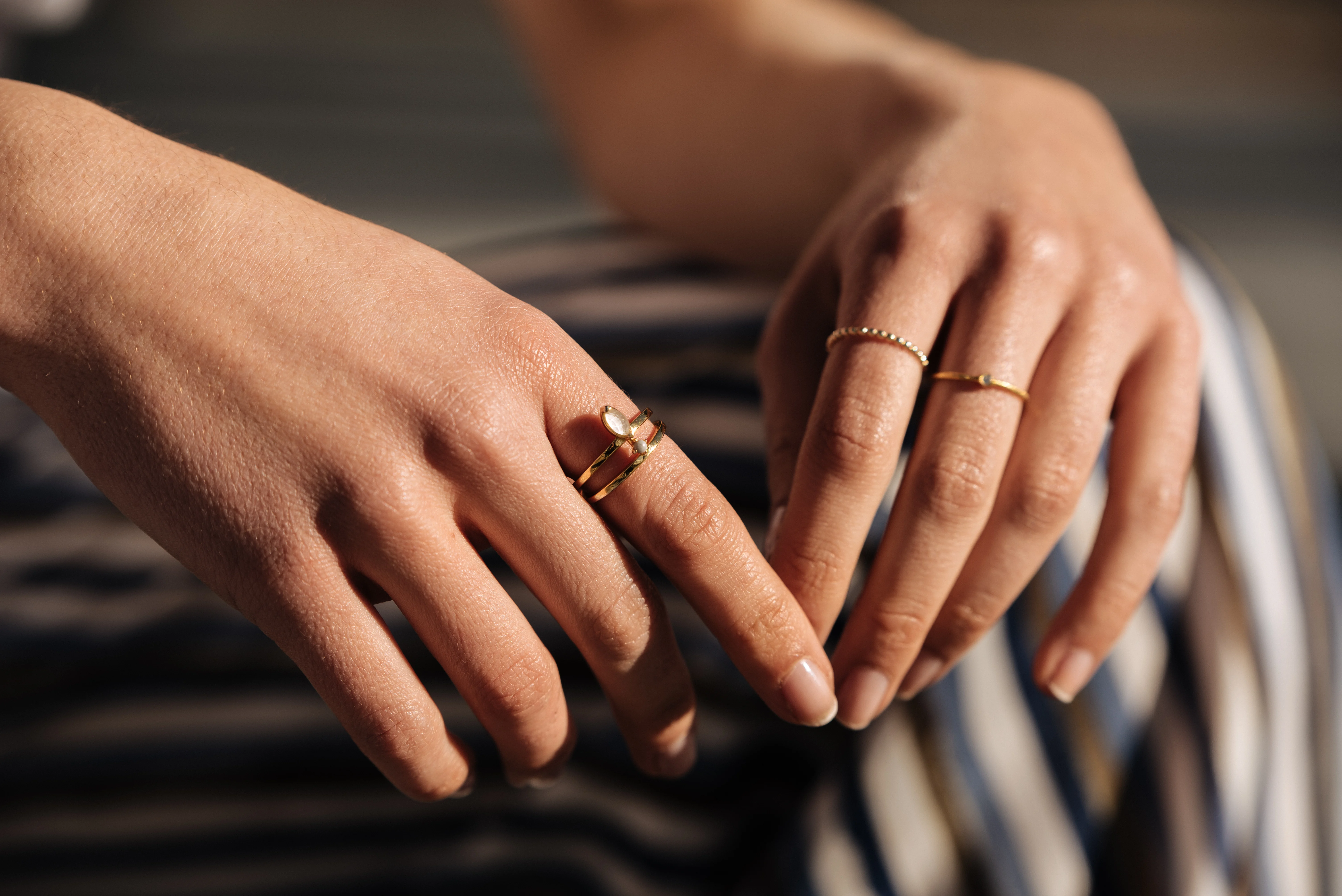
Hand Rejuvenation
Turn back the clock on aging hands with treatments that restore volume, improve skin texture, and reduce visible veins and spots.

Dermal Fillers (Juvéderm, Restylane)
Smooth lines, restore volume, and enhance facial contours with expertly placed fillers tailored to your natural features.






